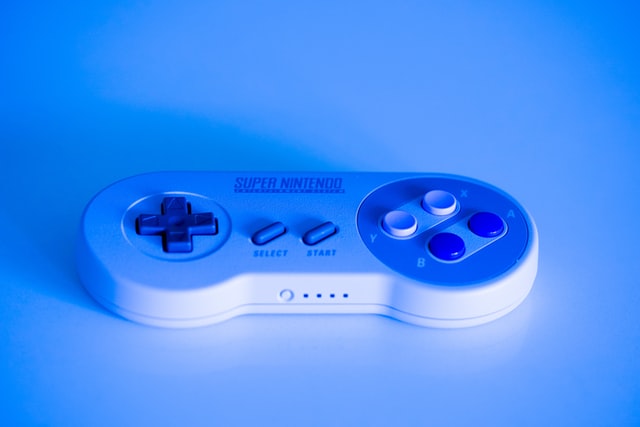Drones are becoming increasingly common thanks to their ease of use, high level of precision, and ability to provide detailed imagery to customers. There are millions of drones in operation around the globe today – from large aerospace companies to hobbyists flying model aircraft. Drone technology has existed for decades. From military applications to aerial photography, these unmanned aircraft have come a long way and they’re only going to become more sophisticated. Let’s see below how drone technology works.
Design and purpose
Drones are used because we need them: they could be for photos, filming or even dropping objects like medicine into dangerous areas where humans would otherwise be at risk.
Engine
Rotor blades are usually powered by fixed-wing rotors (or sometimes ducted fans). Newer helicopters often have 2 rotor systems that match each other well! Winglets also add efficiency but reduce speed. Fixed-wings can go a lot higher than helicopters. However, helicopters have advantages such as carrying people along with them who want to experience a different view or share what is being filmed. In recent years there has been a renewed interest in hybrid vehicles called quadrotors which combine characteristics of both helicopters and planes. They work very much like an aeroplane but can hover and fly forward just like a helicopter. This enables an amazing array of new possibilities associated with both urban flight (as UAVs) and rural exploration of rugged terrain that was not practical before.
Control and navigation
The first drones were simply remotely controlled aircraft using radio signals. As those became cheaper in terms of power consumption and size, it was obvious that this couldn’t possibly be used to its full potential due to range limitations. The solution to this problem came in the form of GPS control and automatic takeoff and landing procedures – without human intervention – resulting in better flight paths, safer operations and greater reliability. It continues to improve daily based on accuracy, cost, and data processing capabilities visit https://www.fronlinecasino.com for more.

Guidance and stabilization
For guidance, we use either cameras or lasers with triangulation techniques. Stabilization comes in many forms depending upon the type of vehicle. For example, if your quadcopter relies on two wings for control, then both must be perfectly balanced to avoid excessive vibrations during takeoff and landing. Helicopters rely on gyroscopes for stability, as do some submarines.
Power and transmission
The most popular source of energy right now remains chemical. Gas engines produce a tremendous amount of thrust with little weight. On the downside, they run on highly toxic chemicals and their exhaust contains carbon monoxide, so you don’t want them near anything flammable. Electric motors are far cleaner, lighter and quieter. While they aren’t as powerful, battery density grows quickly.
Telemetry and communications
While most people use their equipment to gather information from their UAS, there are dozens of providers willing to sell telemetry services through 3rd party platforms. These include hardware that attaches to the UAS itself (i.e. GCS) and software packages that connect to remote servers via the internet. Software packages offer additional features such as obstacle avoidance, real-time video streaming and data storage.
In conclusion, UAV technology will only continue to evolve. Each advancement brings with it improved safety, increased payload capability and more powerful options for aerial cinematography.
